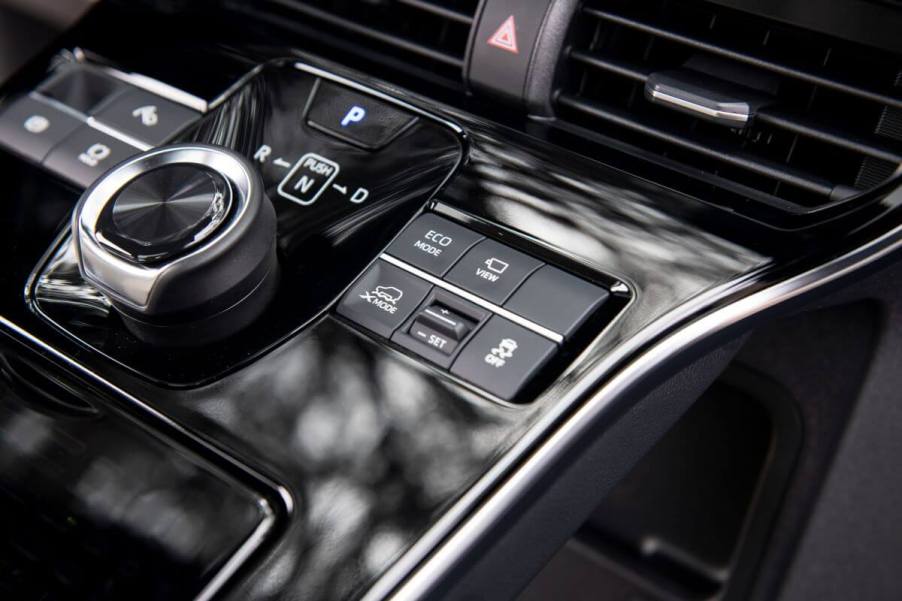
How Do Transmissions in Electric Cars Work?
As electric vehicles become the norm, automotive enthusiasts and drivers will need to understand, at least on a basic level, how EVs work. Modern ICE vehicles feature automatic, manual, or continuously variable transmissions (CVT) to maintain optimum engine rpm. EVs transfer power from their electric motors more efficiently. So, how do EV transmissions work?
How do electric car transmissions work?
First, you might be wondering if EVs even have transmissions. They do, and they perform the same function in EVs as they do in ICE vehicles. However, EV transmissions perform that function differently.
Edmunds says all EVs use transmissions, but most manufacturers use different names for them. For example:
- The Nissan Leaf has a single-speed gear reducer
- The Tesla Model 3 uses a single-speed fixed gear
- The Volkswagen ID.4 employs a one-speed gearbox
- The Mercedes EQS SUV features a single-stage transmission
- The BMW iX comes with a one-speed transmission
In an EV, these single-speed transmissions reduce the electric motor’s high rpm to that consistent with the vehicle’s tires at desired speeds. While some EVs may advertise they lack transmissions, they still use a gear-reduction process. The most noticeable difference between traditional and EV transmissions is the absence of shifting gears.
How are EV transmissions different than those in ICE vehicles?
Since a typical EV transmission employs a single gear to reduce the electric motors’ output, it doesn’t need to shift up or down to maintain power. Electric motors create torque at low rpm and keep that power up to 10,000 rpm in some cases, according to U.S. News. This range allows a single-gear transmission to meet an EV’s power demands under most circumstances. However, some exceptions exist for high-performance and off-road-oriented vehicles.
In ICE vehicles, gas-powered engines have optimal rpm ranges where they produce the most horsepower and torque. A single-speed transmission geared low to keep the engine in the torque rpm range to move the vehicle without stalling would not achieve speeds sufficient for driving in traffic. That’s why most ICE vehicles use multiple-speed automatic and manual transmissions or CVT gearboxes.
Do any EVs have a manual shift transmission option?
While shifting gears in an EV provides no value, some drivers prefer the familiar feel of shifting gears. To accommodate those individuals, CNN says that Toyota plans to develop a faux-manual transmission with “realistic-feeling” shifting characteristics. Still, there’s no indication of which Toyota EVs will have a manual transmission option. Rest assured that if the novelty of holding the clutch pedal at red lights and shifting gears wears off, you can always switch back to a regular EV mode.
On the other hand, Jeep developed a manual transmission for the Magneto, a throw-back themed concept Wrangler EV, last year that provides some functionality, according to Ars Technica. The Magento’s six-speed manual transmission allows drivers to select a gear ratio suitable for the terrain before them.
First gear provides low speeds and fine throttle control to negotiate obstacles in rugged situations like rock crawling. However, unlike traditional manual gearboxes, the Jeep Magento version only requires gear selection for the immediate situation. Think lower gears for technical sections, midrange for mud and snow-packed trails, or high gear for everyday driving.
Do you prefer an EV transmission that allows or simulates shifting gears, whether manual or automatic?




